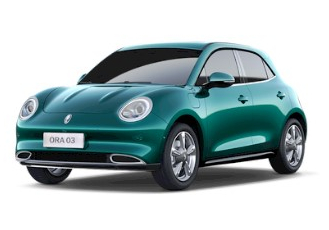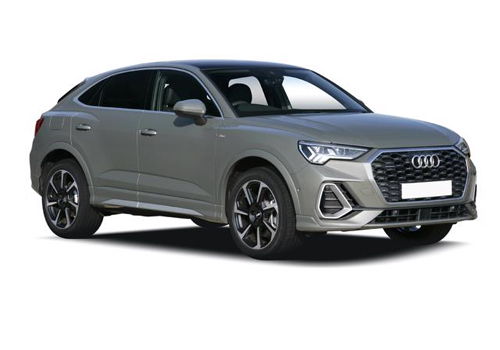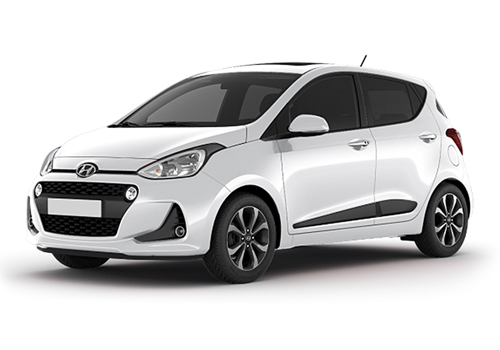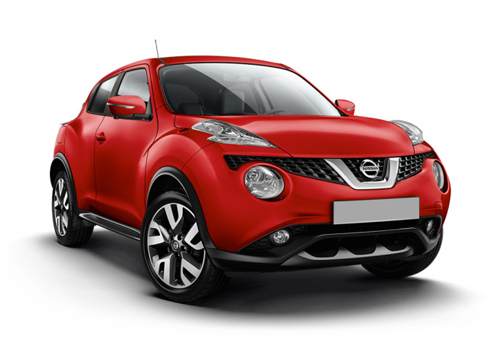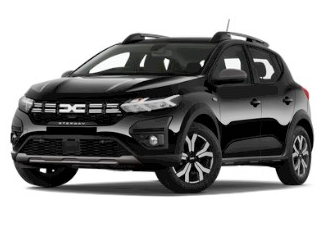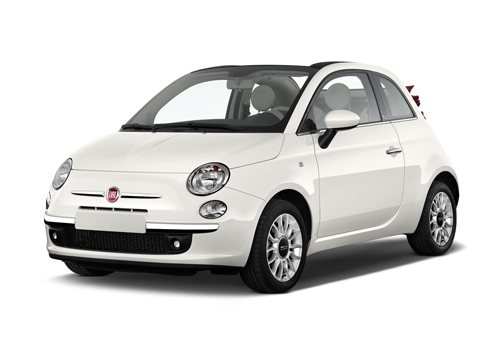Diesel Particular Filter (DPF)
Most diesel vehicles have been designed to meet the latest environmental regulations concerned with exhaust gas emissions.
In order to limit the amount of small soot particles contained within the diesel exhaust gas passing into the atmosphere, the vehicle is usually equipped with a diesel particulate filter (DPF). This filter forms part of the vehicle’s exhaust system and is similar in construction to a catalytic converter. It traps and stores solid particles or ‘soot’, produced by diesel engine combustion, in a honeycomb matrix made of a ceramic material.
When the amount of soot in the filter reaches a specified level, this needs to be reduced to maintain the filter’s function. This reduction of the particulate matter is called regeneration and must be performed periodically. A DPF can remain effective for a long service life through repeated cycles of trapping particulate matter and regeneration.
Usually this regeneration is carried out by the vehicle’s electronic control systems raising the exhaust gas temperature, during normal driving, without the driver being aware.
If however the vehicle is only driven either on short journeys, or at low speed, then it may not be possible for the exhaust gas to reach a high enough temperature for regeneration. In this situation, the DPF warning light on the dashboard will be illuminated.
As soon as possible after the DPF warning lamp illuminates, you should drive the vehicle at a speed above 40 mph until the light goes out. Depending on the amount of accumulated soot this can take up to 30 minutes. It is important that this is done at the earliest opportunity.
Always drive the vehicle in a safe manner according to traffic conditions and obey traffic laws when driving.
If, after the DPF warning lamp illuminates, the vehicle continues to be driven in a style whereby the exhaust gas temperature cannot be raised sufficiently, then the vehicle’s electronic control system performs the following actions to protect the DPF and the engine:
- The engine warning is illuminated together with the DPF warning lamp.
- The vehicle may enter “fail-safe” mode and limit engine speed to a maximum of 3,000rpm.
To recover from the condition described above, SERVICE REGENERATION of the DPF is required. This can only be carried out by a workshop equipped with diagnostic equipment. In addition, whenever SERVICE REGENERATION has been carried out, the engine oil and filter must be replaced.
IMPORTANT: To avoid the need for SERVICE REGENERATION it is very important to drive the vehicle at higher speeds as soon as is practical after the DPF warning light illuminates. Once the engine warning lamp is illuminated, driving at higher speeds will not regenerate the DPF.
If SERVICE REGENERATION is required it is not a fault with the vehicle and will not therefore be covered under warranty and it will the responsibility of the customer to have this rectified at an approved vehicle repair centre.
For further information please click the below link:
http://www.theaa.com/motoring_advice/fuels-and-environment/diesel-particulate-filters.html
AdBlue®
Manufacturers are increasing the number of diesel vehicles that come fitted with SCR (Selective Catalytic Reduction) technology. This is because they must comply with the new Euro 6 emission standards and form part of the overall drive to reduce emissions. Thanks to SCR technology, Nitrogen Oxide emissions can be reduced by as much as 90%. It can also help to increase fuel efficiency by between 3-5%.
Vehicles that come fitted with SCR technology are fitted with a special tank which stores a liquid-reductant agent known as AdBlue®. Here are some helpful tips that you’ll need to know if your vehicle is fitted with an AdBlue® tank.
What is AdBlue®?
AdBlue® is made up from a mixture of urea and water and has to be topped up at regular intervals. When you drive, it travels from the tank into the exhaust pipe via a dedicated catalyst. This results in a chemical reaction which turns most of the Nitrogen Oxide molecules into nitrogen and water. This is then released into the atmosphere as steam.
How do I find and fill the AdBlue® tank?
It is best to check your owner’s manual for the location of the tank before you start. AdBlue® tanks are normally located next to the fuel tank, under the rear floor in a car or possibly in the engine bay of a van. AdBlue® can be bought from your local dealer, online from sites like Amazon or from some fuel stations / motorway stations.
How will I know when the AdBlue® tank needs filling up?
Your vehicle will alert you when your AdBlue® is running low. There will normally be a relevant warning light on your dashboard and it is important that you take action as soon as possible. If you fail to refill the AdBlue® tank, your vehicle will run at reduced power or will not restart once the ignition is switched off.
Who pays for AdBlue®?
As AdBlue® needs to be topped up regularly by you, the costs are not covered by a maintenance contract and is therefore payable by the customer. The only exception is if the service schedule states that the fluid needs to be changed rather than topped up.

